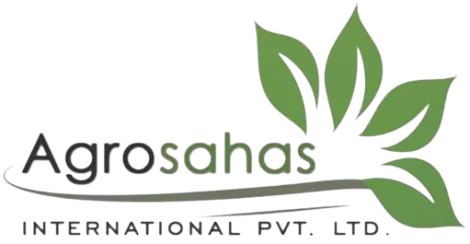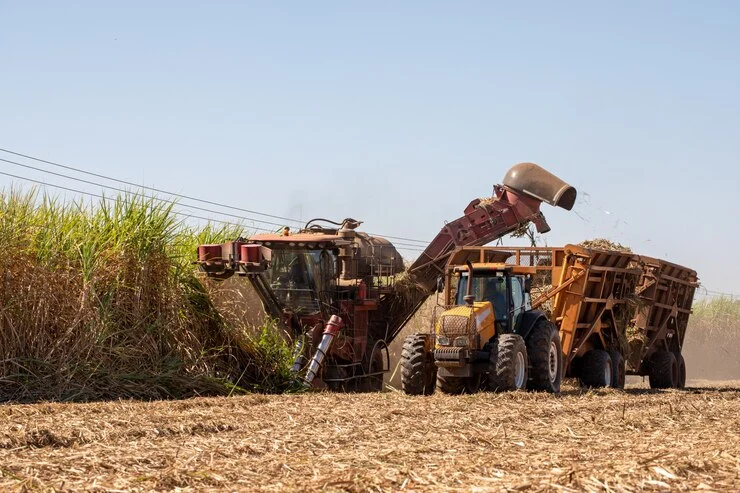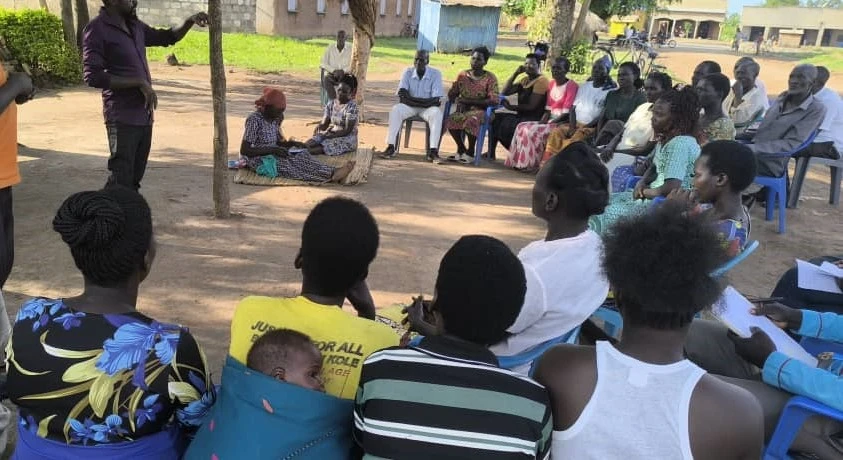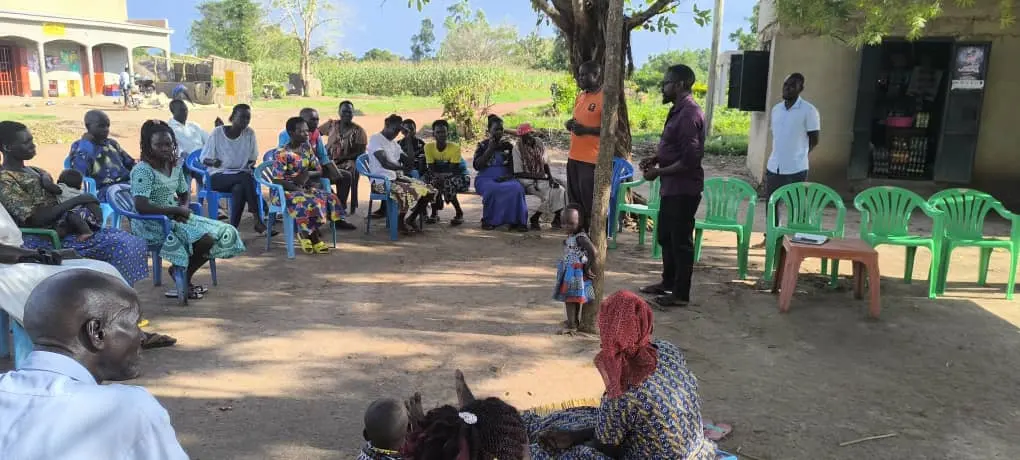Post-harvest losses in agriculture are a significant challenge affecting the profitability and sustainability of farming practices worldwide. At Agrosahas International PVT LTD, we are committed to providing innovative solutions to minimize these losses and enhance food security. In this blog, we will explore the effective strategies and advanced technologies we employ to reduce post-harvest losses, focusing on practical applications for crops such as maize. Additionally, we will share valuable insights into pre-harvest management techniques and essential handling practices for optimal post-harvest operations.
Understanding Post-Harvest Losses
Post-harvest losses refer to the reduction in quantity and quality of agricultural produce from the time of harvest until it reaches the consumer. These losses can occur due to various factors, including improper handling, inadequate storage, and transportation issues. To combat this, Agrosahas adopts a multi-faceted approach integrating advanced technologies and best practices tailored to specific crops and regional conditions.
How Can We Reduce Post-Harvest Losses in Agriculture?
1. Improved Harvesting Techniques
Efficient harvesting methods are crucial in minimizing damage to crops. Agrosahas emphasizes the use of modern harvesting equipment and trained labor to ensure gentle handling and timely collection of produce. This reduces physical damage and preserves the quality of the harvested crops.
2. Advanced Storage Solutions
Proper storage is key to preventing spoilage and maintaining the quality of produce. Agrosahas employs state-of-the-art storage facilities equipped with climate control systems to regulate temperature and humidity. These conditions are essential for extending the shelf life of perishable goods and preventing microbial growth.
3. Effective Transportation Systems
Transportation plays a vital role in the post-harvest supply chain. Agrosahas ensures the use of specialized vehicles with controlled environments to transport produce from farms to markets. This reduces the risk of spoilage during transit and maintains the freshness of the crops.
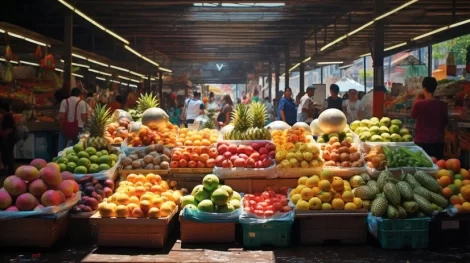
Managing Post-Harvest Losses in Maize
Maize is a staple crop prone to significant post-harvest losses if not handled properly. Agrosahas implements several strategies to mitigate these losses effectively:
1. Timely Harvesting
Timing is critical when harvesting maize. Agrosahas ensures that maize is harvested at the optimal moisture content to prevent fungal infections and kernel damage. This is achieved through regular monitoring of crop maturity and weather conditions.
2. Proper Drying Techniques
Drying is essential to reduce moisture content and prevent mold growth. Agrosahas uses mechanical dryers and solar drying methods to achieve uniform drying of maize kernels. This helps in maintaining the quality and storability of the produce.
3. Safe Storage Practices
Post-drying, maize is stored in airtight containers or silos with proper ventilation. Agrosahas uses hermetic storage solutions to protect maize from pests and moisture. Additionally, regular inspection and maintenance of storage facilities are conducted to ensure long-term preservation.
Pre-Harvest Management Techniques
Reducing pre-harvest losses is equally important to ensure high-quality produce. Agrosahas employs several management techniques to achieve this:
1. Crop Monitoring and Disease Management
Regular monitoring of crops for signs of disease or pest infestation is crucial. Agrosahas uses integrated pest management (IPM) practices, including biological controls and minimal pesticide use, to protect crops during their growth stage.
2. Soil Health Management
Maintaining soil fertility and health is fundamental for robust crop growth. Agrosahas promotes the use of organic fertilizers, crop rotation, and cover cropping to enhance soil structure and nutrient content, thereby reducing the risk of pre-harvest losses.
3. Irrigation Management
Efficient water management ensures crops receive the right amount of water at the right time. Agrosahas implements advanced irrigation systems such as drip and sprinkler irrigation to optimize water use and prevent water stress, which can lead to pre-harvest losses.
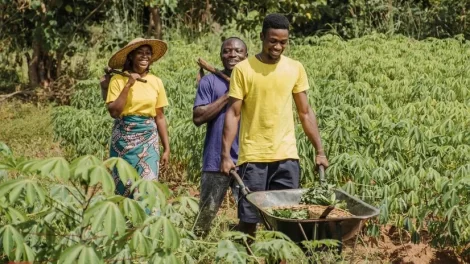
Essential Handling Practices for Post-Harvest Operations
Effective handling practices are vital to minimize losses and maintain the quality of agricultural produce. Here are five key handling practices recommended by Agrosahas:
1. Gentle Handling
Minimizing mechanical damage during harvesting, sorting, and packing is essential. Agrosahas trains workers to handle produce carefully to avoid bruising and cuts that can lead to spoilage.
2. Proper Cleaning
Cleaning produce immediately after harvest helps remove dirt and contaminants. Agrosahas uses sanitized washing facilities to ensure that produce is clean and safe for storage and transportation.
3. Grading and Sorting
Sorting and grading produce based on size, color, and ripeness ensures uniformity and quality. Agrosahas employs automated sorting machines to efficiently categorize produce, which helps in better market pricing and consumer satisfaction.
4. Packaging
Appropriate packaging materials are used to protect produce during transportation and storage. Agrosahas utilizes biodegradable and recyclable packaging solutions to maintain freshness and reduce environmental impact.
5. Monitoring and Documentation
Regular monitoring of stored produce and meticulous documentation of storage conditions are essential. Agrosahas uses digital tools to track inventory and storage parameters, ensuring timely interventions if issues arise.
Conclusion
At Agrosahas International PVT LTD, we are dedicated to implementing advanced strategies and technologies to reduce post-harvest losses. By focusing on improved harvesting techniques, advanced storage solutions, and effective transportation systems, we aim to enhance the quality and longevity of agricultural produce. Our comprehensive approach to managing maize post-harvest losses and pre-harvest management techniques ensures sustainable farming practices and contributes to global food security. Adopting these essential handling practices will further help in preserving the quality of produce and minimizing losses from farm to fork.
